Circa 2017
The process is so efficient it extracts all of the potential energy from the food scraps.


The arthritis drug tocilizumab has shown early promise in preventing extreme inflammation in gravely ill COVID-19 patients, according to a French clinical study.
The treatment, which suppresses the body’s natural immune response, was found to reduce “significantly” the number of deaths or life support interventions compared with a control group of patients.
The study, carried out by the Paris university hospital trust (AP-HP), looked at 129 people hospitalised with moderate or severe viral pneumonia, which occurs in 5–10 percent of COVID-19 patients.

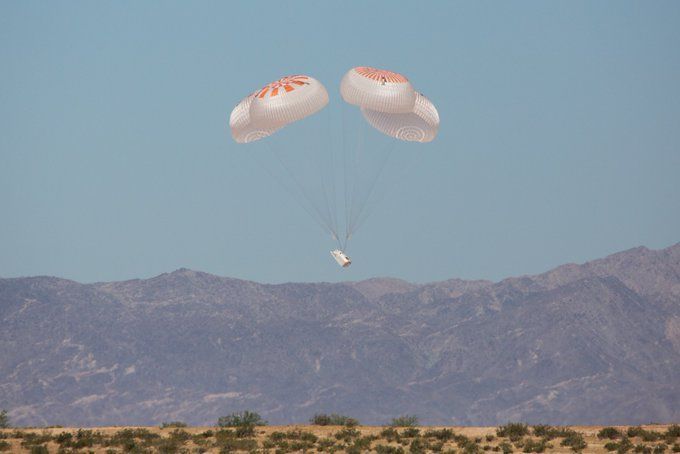
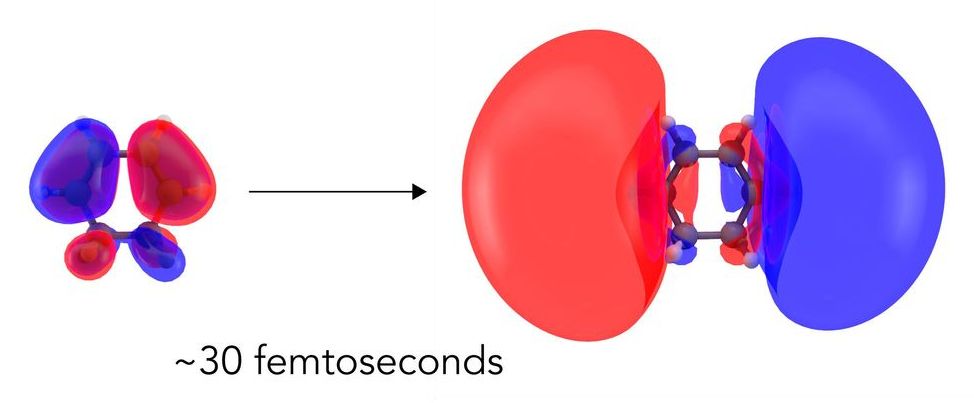
The first step in many light-driven chemical reactions, like the ones that power photosynthesis and human vision, is a shift in the arrangement of a molecule’s electrons as they absorb the light’s energy. This subtle rearrangement paves the way for everything that follows and determines how the reaction proceeds.
Now scientists have seen this first step directly for the first time, observing how the molecule’s electron cloud balloons out before any of the atomic nuclei in the molecule respond.
While this response has been predicted theoretically and detected indirectly, this is the first time it’s been directly imaged with X-rays in a process known as molecular movie-making, whose ultimate goal is to observe how both electrons and nuclei act in real time when chemical bonds form or break.
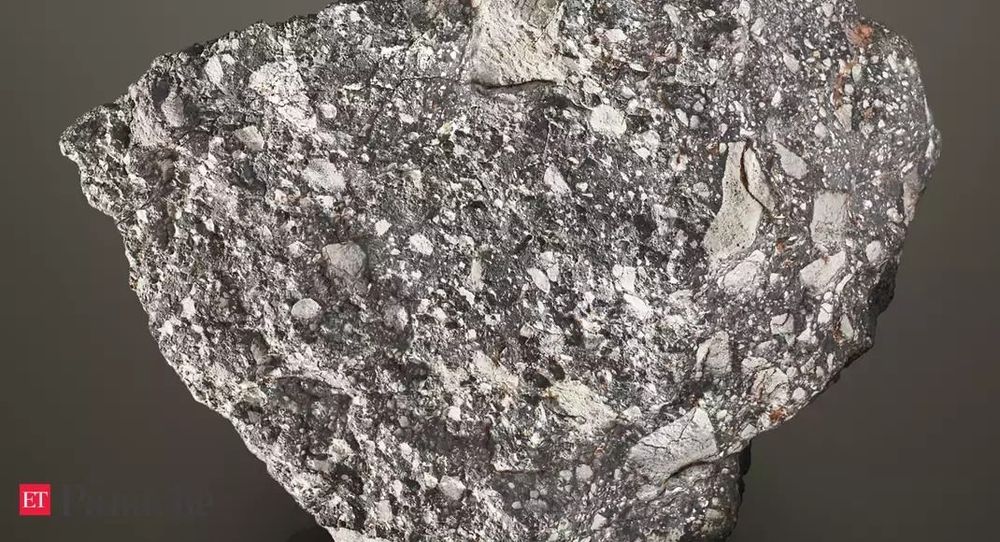
International auction house Christie’s is set to offer one of the largest lunar meteorites in existence for private sale. It is the fifth largest piece of the moon, larger than any moon rock returned by the Apollo programme.
Christie’s presents NWA 12691, a significant lunar rock, among the largest known in existence. Moon rock is among the rarest substances on Earth, with less than 650 kgs of lunar meteorites known to exist. This example is the fifth largest piece of the Moon on Earth, larger than any returned by the Apollo programme. Valued in the region of £2 million, the specimen is available for immediate purchase via Christie’s Private Sales.
Lunar meteorites arrived on Earth after having been blasted off the lunar surface by the collision with an asteroid or comet. All of the Moon’s large craters were created by such impacts. This particular meteorite was part of a large meteorite shower straddling the Western Saharan, Algerian and Mauritanian borders, responsible for nearly half of all known lunar meteorites. Approximately 30 different meteorites were collected, analysed, classified and assigned different NWA numbers in the belief they might be from different events and represent different lunar samples; but it has been determined that they all originate from the same lunar impact event as the current offering. NWA 12691 was found in the Sahara Desert two years ago.
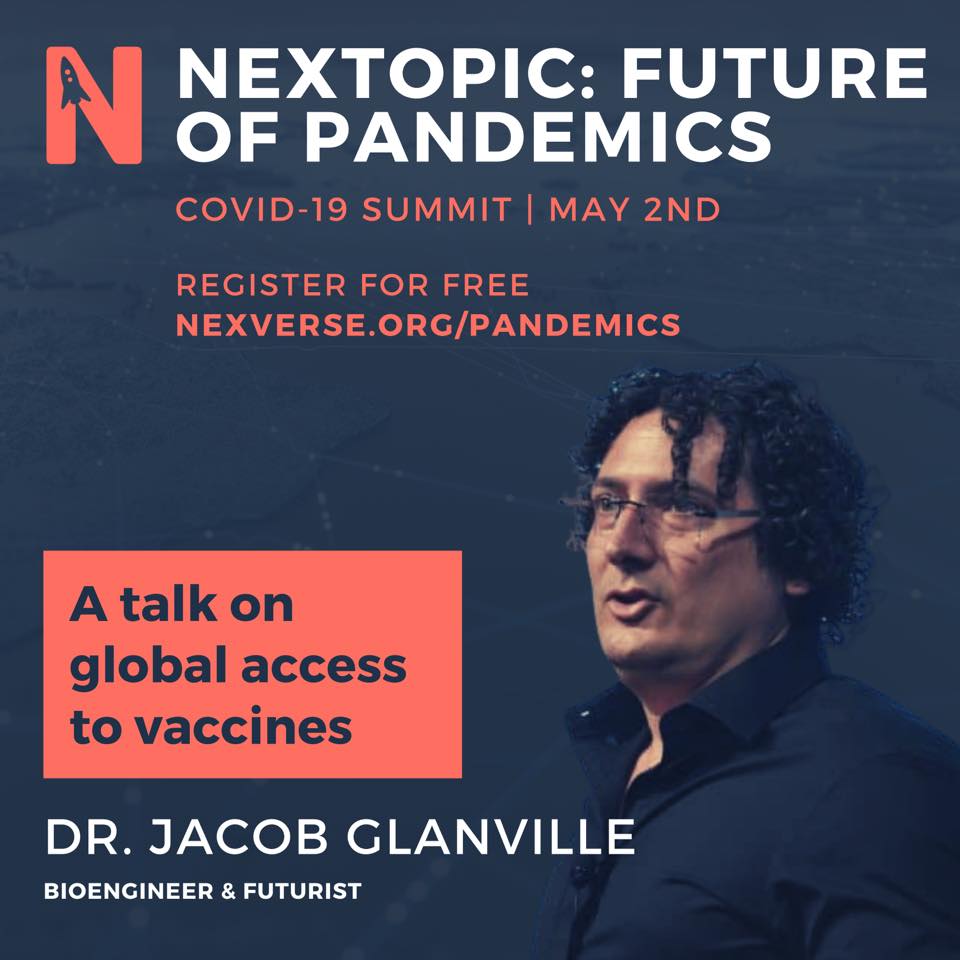
We are going over the latest news, as well as any breakthrough findings on the virus. In today’s updates, we’ll discuss Remdesivir, elevated risk of severe infection in men, COVID toes, UK vaccine trial as well as answer your questions from the comments below.
Numbers update
:04 Remdesivir
:10 Gender differences with COVID-19
:14 Covid Toes
:16 Rare inflammatory syndrome in children.
:18 UK Vaccine trial
:19 Pete the Cat
:20 How Are people carriers without symptoms?
:25 Could COVID-19 vaccine lead to common cold vaccine?
:27 How to clean groceries after shopping?
:29 Do postmenopausal women suffer infections as bad as men?
:32 How are people in the hospital being treated for COVID-19?
:34 How successful is plasma therapy?
:36 How is COVID-19 data being collected?
:39 Can you get reinfected after recovering from the virus?
:42 How long does immunity last (if immune at all)?
:45 Can the virus enter the body thru the eyes/ears.
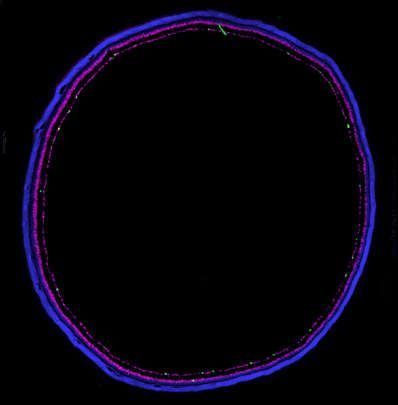
Light falling on our retinas triggers signals that pass up the optic nerve, causing neurons to fire in the brain so we can process what we see. Long after scientists discovered this fact they have learned its not the whole story; some of the retina’s cells do the opposite, suppressing activity in the brain. It will probably be a long time before we really grasp the reasons for this, but it appears to make for a more stable circadian rhythm and therefore sleeping cycles.
Biologists call messages that increase neuron firing ‘excitatory signaling’ and those that reduce activity ‘inhibitory signaling’. It has been taken for granted for decades that the eye only produces excitatory signals.
Dr Takuma Sonada has overthrown that idea with a paper in Science, based on his work while a PhD student at Northwestern University reporting on a subset of retinal ganglial cells (RCGs) whose signals are inhibitory.
